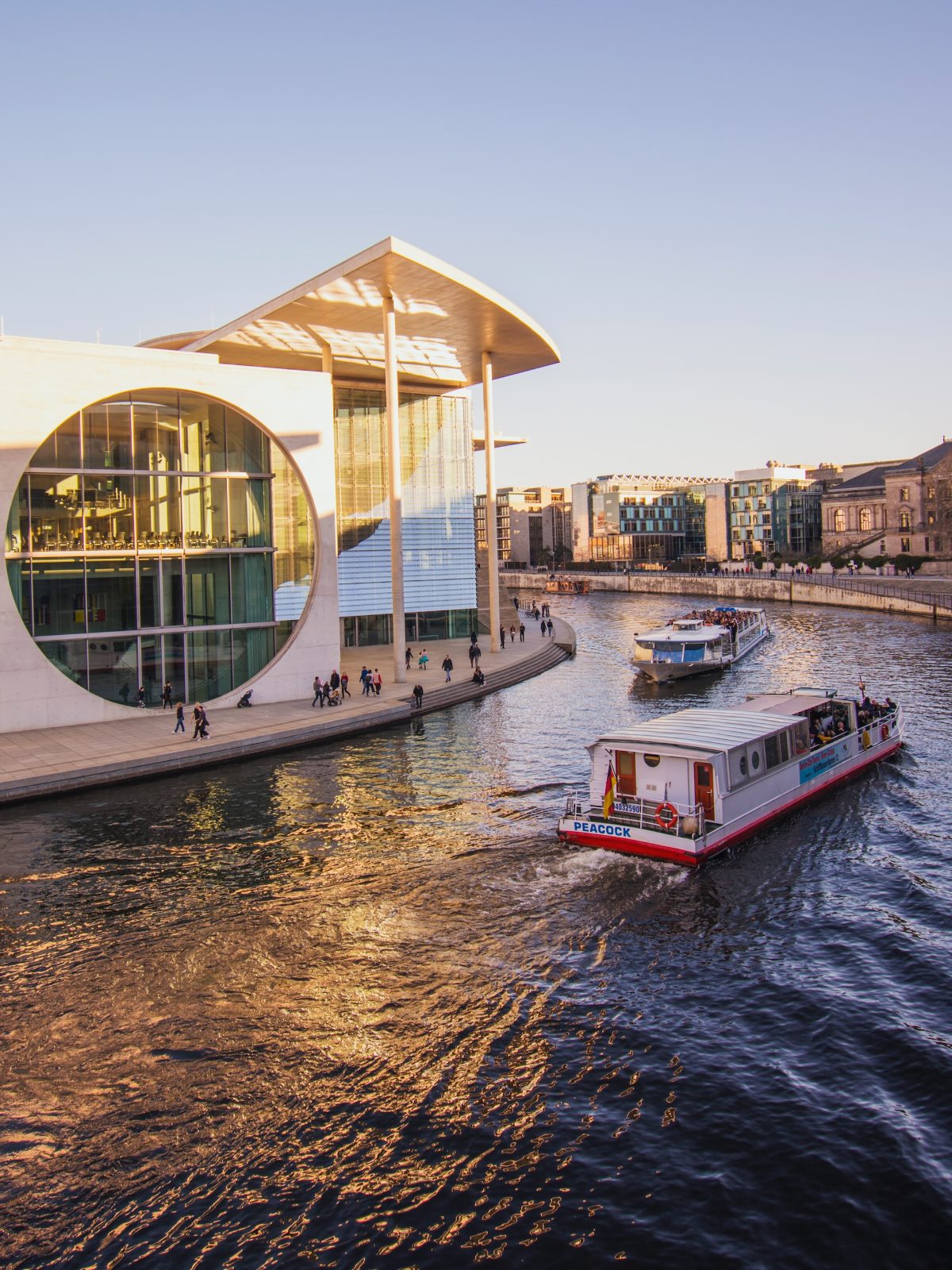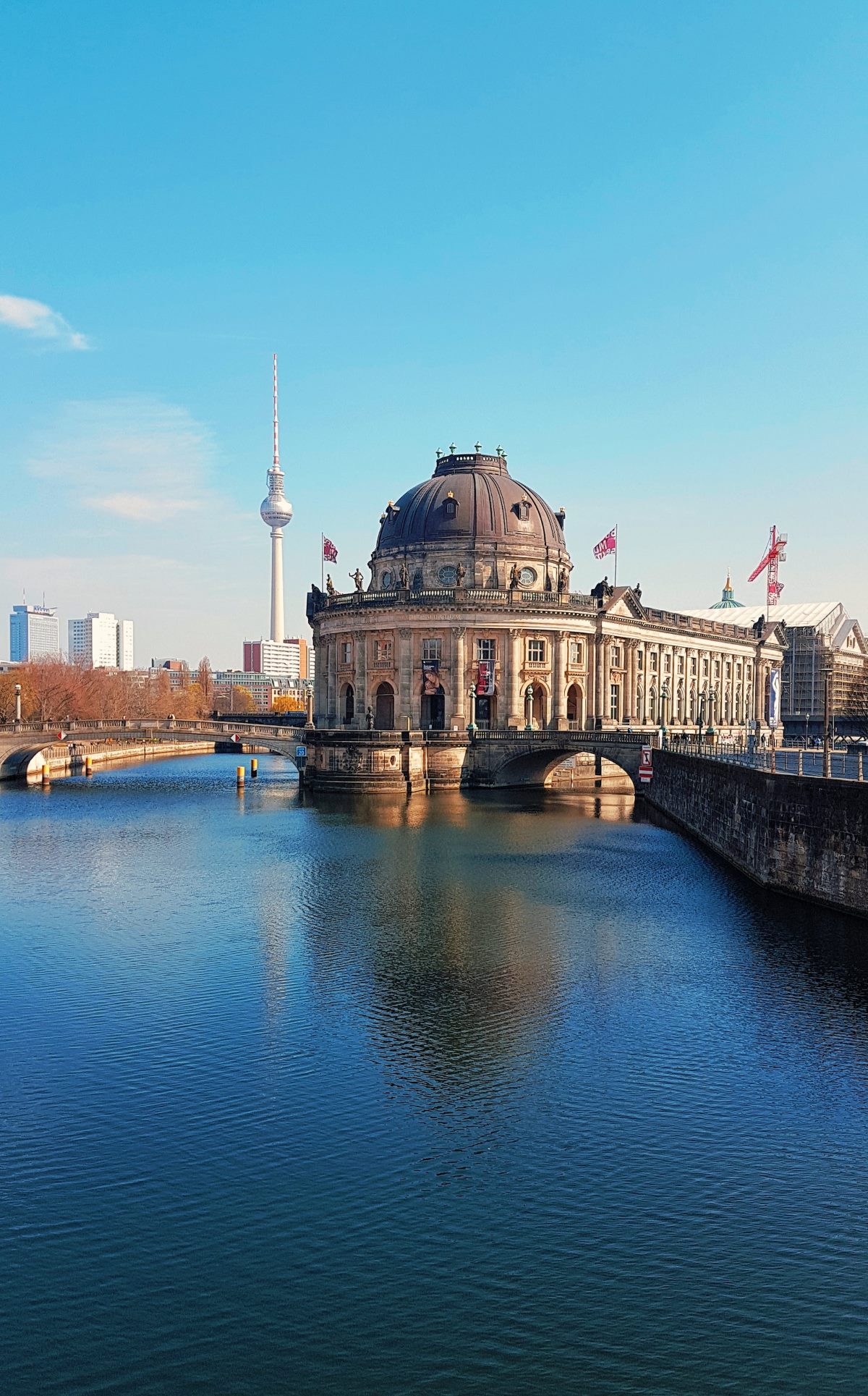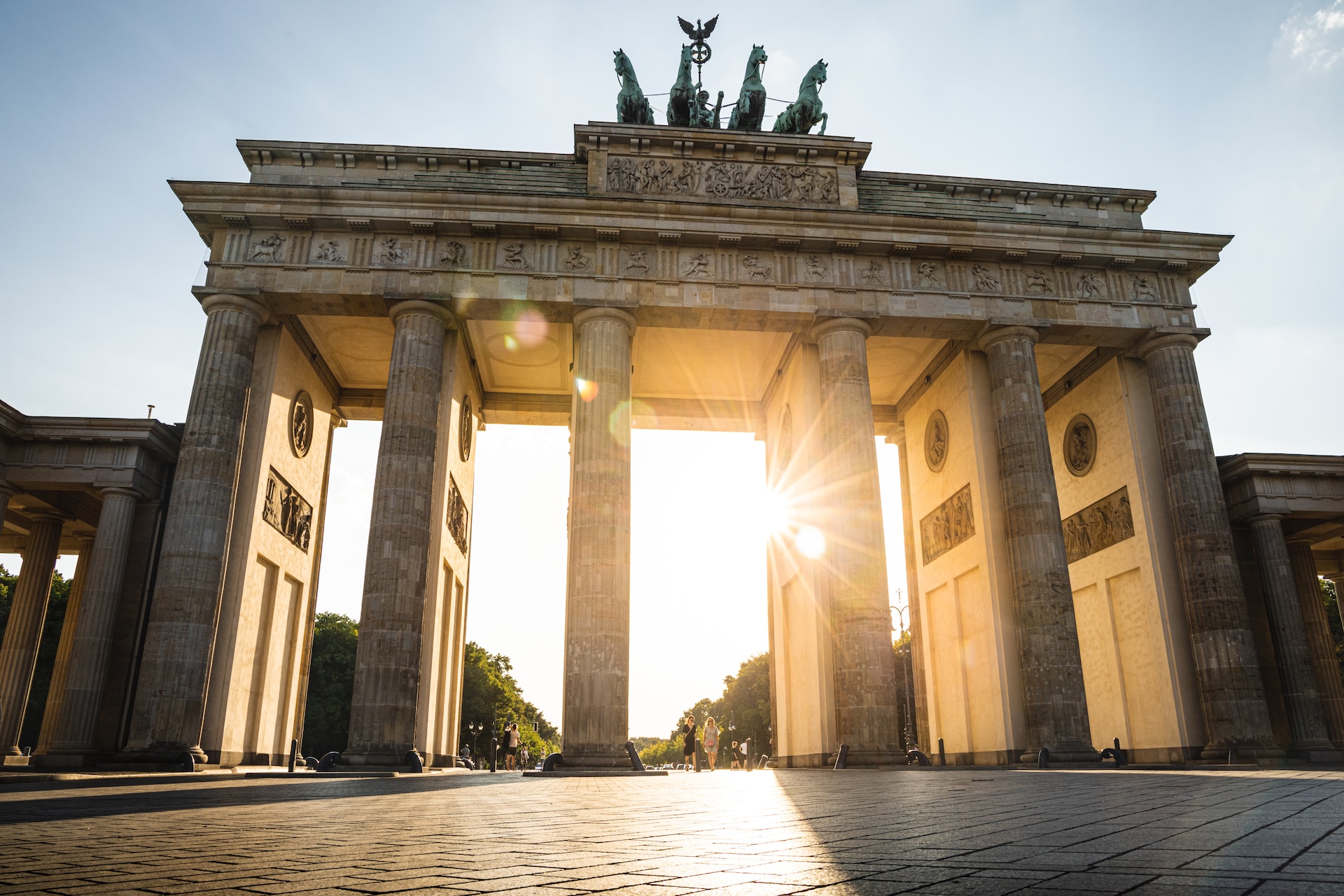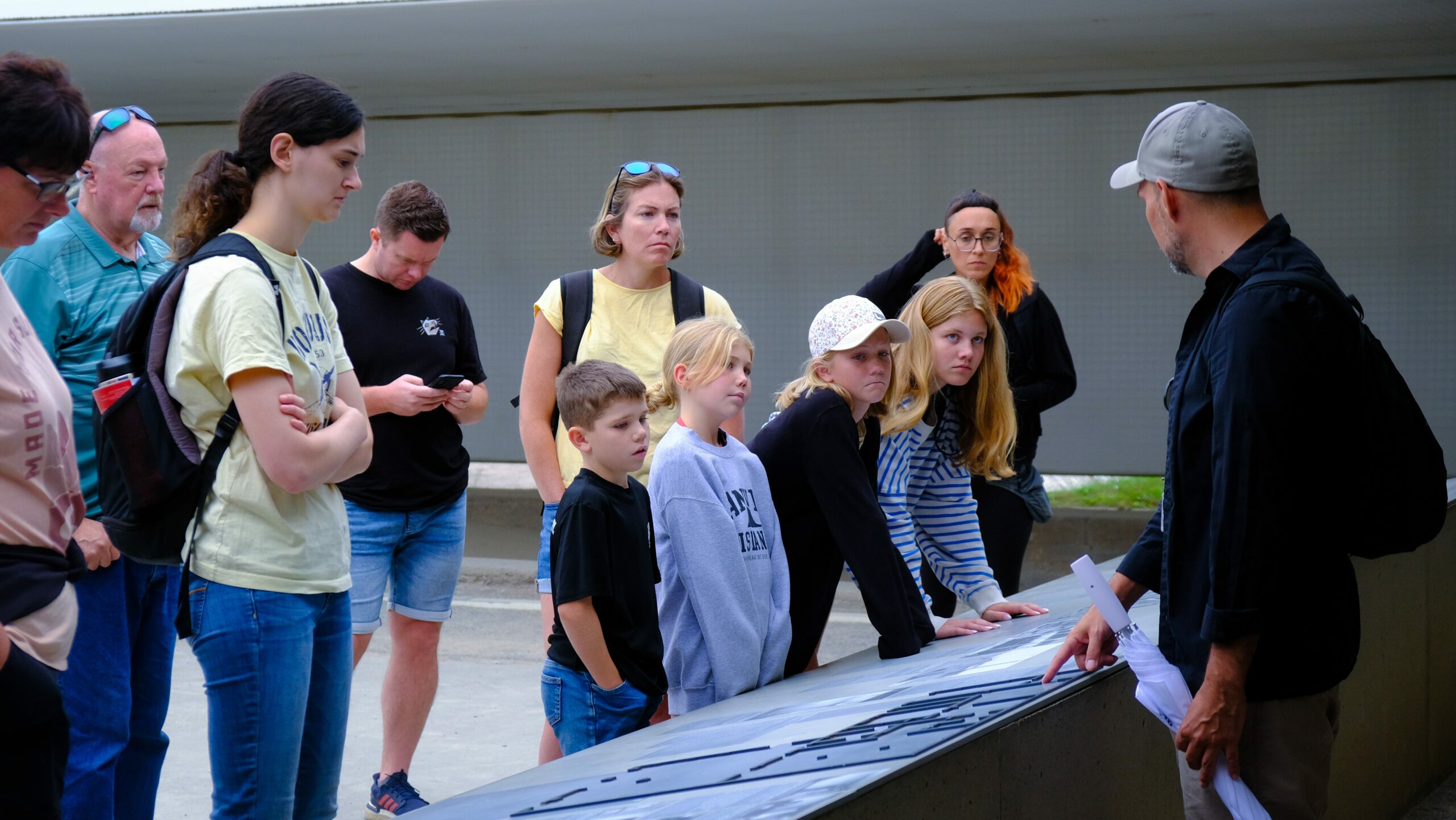The German Historical Museum operates in Berlin as its base of operation. People interested in historical exploration or those who want to study German cultural artifacts will find the museum to be their ideal place of discovery. The following blog explores all essential features within the German Historical Museum therefore helping you maximize your museum experience.
The History Behind the Museum
Since its establishment in 1987 the German Historical Museum under the name Deutsches Historisches Museum maintains its residence in Berlin’s historic area. This institution functions to deliver detailed historical knowledge about German chronology across all periods starting from the prehistoric era until modern times. Multiple artifacts together with documents artwork and multimedia installations form the basis of the museum collections.
The Exhibitions
Within the exhibitions visitors can follow a chronological timeline to view the historical development of German history. These are the significant sections in the museum that you should explore:
The Early Middle Ages
The part features historic collections which present foundation points and societal evolution of Germany from migration times through the Carolingian Empire and Holy Roman Empire epochs. This sector provides a captivating review of Germany’s ancient past.
The Age of Enlightenment
Immanuel Kant and Friedrich Schiller together with other philosophers form the basis of the intellectual traditions that you will experience at this exhibit. The exhibition analyzes intellectual and cultural expressions of Germany during the “Aufklärung” period of the 18th century.
Germany in the 19th Century
The exhibition presents how nationalism grew with industrial progress as well as how the Napoleonic period permanently changed the country. The section examines key people and events that led Germany toward its unification process.
Nazi Germany and World War II
A moving display evaluates the Nazi Party’s emergence and fatalError of World War II besides Hitler’s political ascent. Program visitors gain essential lessons from German historical darkness which reveals the significance of understanding past events.
German Division and Reunification
The exhibition shows how the German country endured its separation and the Cold War period. This section delves into the consequences of the Berlin Wall, the peaceful revolution of 1989, and the subsequent reunification.
Additions and Special Exhibitions
The museum presents both permanent shows which frequently pairs with short-term rotating exhibitions about different aspects of German historical events. The exhibitions supply visitors with novel educational beliefs that enhance their cultural dive.
Tips for Your Visit
The following guidelines will enhance your experience at the German Historical Museum:
- Review opening schedules and possible restricted access at the German Historical Museum by consulting its official website prior to your visit.
- The exhibitions will become more understandable by obtaining an audio guide while also participating in a guided tour offering extensive insights and explanations.
- You should wear shoes suited for walking because the visit will take an extended amount of time.
- Spend enough time in each section to understand all historical aspects along with examining the displayed artifacts.
- Shop at the museum to purchase authentic historical items and pottery models together with historical literature about Germany.
- You should take advantage of dining opportunities at both the museum café and local restaurants after exploring the museum grounds.
Conclusion
History enthusiasts must consider the German Historical Museum their essential destination because it contains remarkable historical knowledge. The exhibitions at this facility allow visitors to gain profound insights about Germany’s historic legacy while comprehending its modern relevance and drawing valuable wisdom for future development. Make arrangements before your visit to explore the museum’s abundant historical collection so you can gain the best possible experience.
Table of Contents




